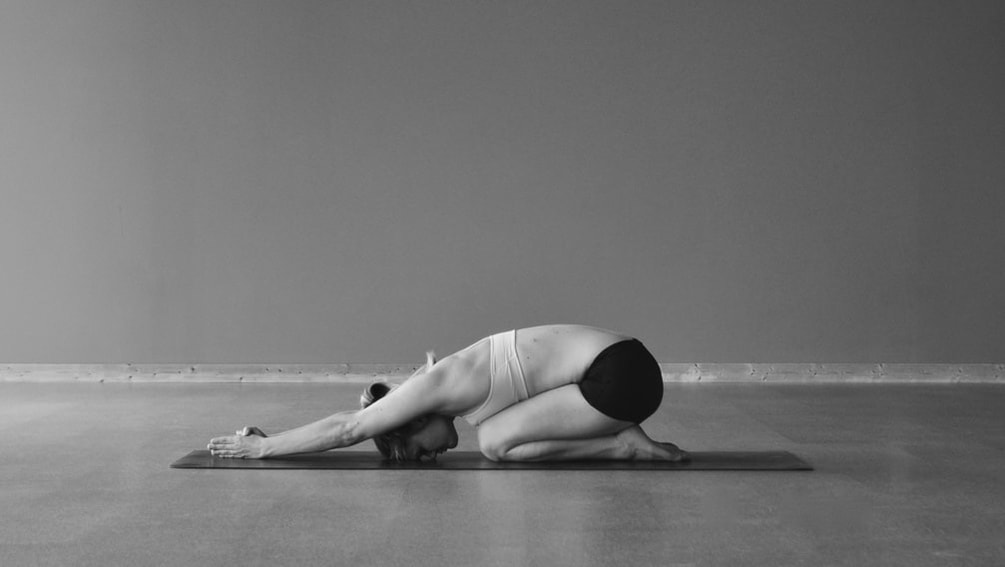|
There is a whole lot of stress and anxiety in the world right now. As yoga teachers, we can offer our students tools that can help. Here are a few ideas to consider.
Forward Bends of the Spine Forward bends of the spine help to activate the parasympathetic nervous system. Because of the compression of the front side of the body, they can help to calm the body and lower the heart rate. Postures such as Rabbit Pose, Stretching (with a rounded spine) or Half Tortoise fall into this category. Teach your students to focus on their exhales. The lungs are compressed in these positions and therefore the breath will be small. Be careful not to confuse this with forward bends of the hips such as Paschimottanasana with a straight spine. Also, be aware that backbends, while fabulous for many reasons, do the opposite of forward bends. They activate the sympathetic nervous system and raise the heart rate. In moments of stress or anxiety, be conscious of this if you're teaching in a high stress situation. Postures with Abdominal Breathing Breathing with the diaphragm is calming. Since this is not possible in many postures due to the muscular engagement necessary for the posture itself, emphasize postures that allow for this type of breathing. These postures include Shavasana, Wind Removing and Half Tortoise. Language like "breathe into your belly" or "feel your belly rise on the inhale" is helpful. If you see students with their chest or shoulders moving, remind the class that only the abdomen moves in this type of breathing. Pranayama There are two breathing exercises that are very simple and very effective for reducing stress. These are Chandraved Breathing and Even Count. For Chandraved Breathing, the inhale is always through the left nostril only and the exhale is through the right nostril. Don't make the breath too slow, just 4-6 counts for the inhales and exhales. (See below for further instructions) Even Count breathing is a practice of making the inhale and exhales even and smooth. Use an short count such as 4 counts in and 4 counts out. Anything beyond 8 counts in and out is not necessary for the purpose of reducing stress. Keep the count short, but even and consistent. Also, remind your students that there should be no stress or tension in their breathing. If it's too difficult, they can just breathe normally. Teach to the Class In Front of You Don't be afraid to add these practices into your teaching or adjust your classes to fit the needs of your students. As always, we're here to help. Leave a comment or email us if you need further instruction or information on these practices. Chandraved Breathing instructions: "Bring your right hand in front of your face. Close your right nostril with your thumb. Inhale through the left side. Close the left nostril, open the right and exhale. Close the right, open the left and inhale...." Repeat.
0 Comments
Leave a Reply. |
AUTHORSScott & Ida are Yoga Acharyas (Masters of Yoga). They are scholars as well as practitioners of yogic postures, breath control and meditation. They are the head teachers of Ghosh Yoga.
POPULAR- The 113 Postures of Ghosh Yoga
- Make the Hamstrings Strong, Not Long - Understanding Chair Posture - Lock the Knee History - It Doesn't Matter If Your Head Is On Your Knee - Bow Pose (Dhanurasana) - 5 Reasons To Backbend - Origins of Standing Bow - The Traditional Yoga In Bikram's Class - What About the Women?! - Through Bishnu's Eyes - Why Teaching Is Not a Personal Practice Categories
All
Archives
May 2024
|







 RSS Feed
RSS Feed